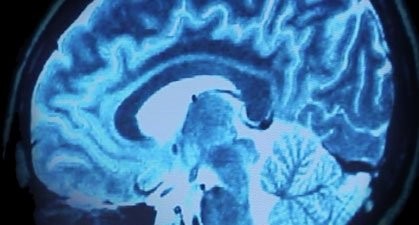
Artificial intelligence and supercomputers provide the power. What happens next?
ROTTERDAM, THE NETHERLANDS, May 12, 2017 — 100 billion neurons. 100,000 billion connections. A billion billion operations per second. The numbers are incomprehensible. This is your brain. And soon, computers will be able to mimic its operations on the most fundamental levels.
What happens then? Will these new brains understand themselves as we do? Will they feel? What aspects of human thought will remain the province of humans alone? How will we revise our ideas of humanity?
These are questions the documentary “Almost a Brain” will explore through archival research and original interviews with neurologists, computer scientists, and leaders in philosophy. The project is led by Tom Geller, a technology journalist who has produced videos and articles on related topics for The Association for Computing Machinery (ACM), Nature.com, and others.
“Computer models of the human brain are already sophisticated enough to help figure out and treat disorders such as epilepsy,” Geller said. “Now, projects like the Human Brain Project in Europe and the BRAIN Initiative in the United States are filling in the gaps. I believe it’s only a matter of time before something resembling ‘thought’ emerges from such models, whether unexpectedly or through concerted efforts. How it differs from that of biological humans, and how we react to it, will fundamentally change how we see ourselves.”
With bases in The Netherlands (Rotterdam) and the U.S. (Oberlin, Ohio), Tom Geller Productions has secured interview commitments with experts including AI pioneer Eric Horvitz, Microsoft Technical Fellow and Director of Microsoft Research Labs; and Professor Jack Dongarra, who tracks the world’s fastest computers through the semi-annual TOP500 reports.
To participate or learn more, visit almostabrain.com.
###
Originally published at https://www.linkedin.com/pulse/documentary-almost-brain-explore-how-computers-nearing-tom-geller